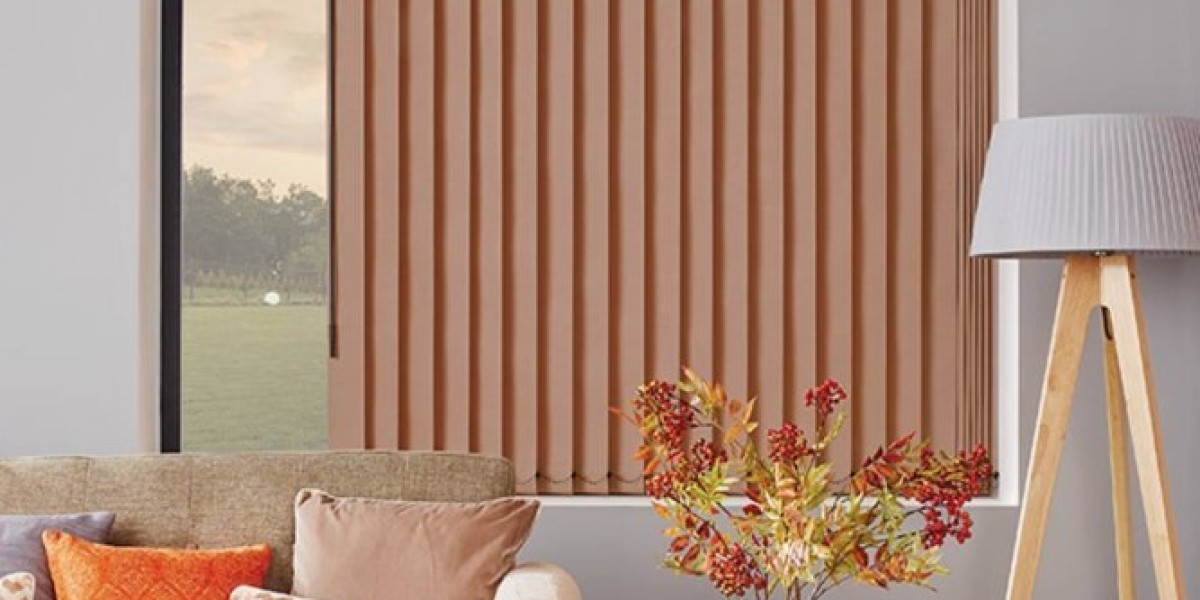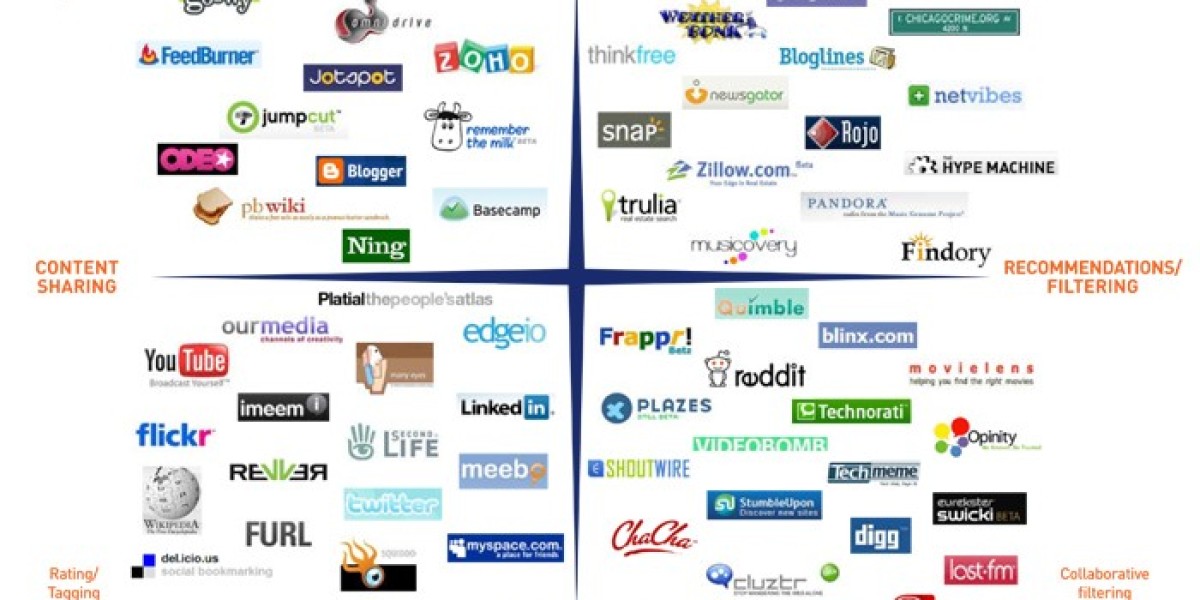The landscape of workplace communication is shifting rapidly in 2025. With hybrid work becoming the norm and remote collaboration more vital than ever, organizations are facing a crucial decision: stick with traditional video conferencing systems or upgrade to modern meeting bars. As businesses reassess their tech stacks, devices like the meetingbar A40 are emerging as powerful alternatives to conventional setups.
But are meeting bars really better? Or is it just the latest tech trend? In this comprehensive comparison, we’ll break down the pros, cons, and latest advancements in both categories—and explore why devices like the meetingbar A40 are changing the game.
Understanding the Basics
What is a Meeting Bar?
A meeting bar is an all-in-one video conferencing device that integrates a camera, microphone, speakers, and sometimes a computing unit into a single sleek design. These devices are plug-and-play and are often optimized for popular platforms like Microsoft Teams and Zoom.
What is a Traditional Video Conferencing System?
A traditional system typically includes several separate components: a camera, microphone, speakerphones, a codec (hardware processor), and a control system—usually with extensive cabling and manual configuration. These systems have been the industry standard for years, especially in enterprise boardrooms and high-end conference rooms.
Key Differences in 2025
1. Setup & Installation
Traditional Systems:
Complex. Require multiple cables, external codecs, and professional installation. Downtime can be extensive during setup or upgrades.
Meeting Bars (e.g., meetingbar A40):
Plug-and-play simplicity. Setup can be done in under 15 minutes without specialized knowledge. Devices like the meetingbar A40 connect via a single cable and integrate seamlessly with cloud platforms.
Verdict: Meeting bars offer faster deployment, making them ideal for businesses scaling or setting up remote offices.
2. Hardware Integration
Traditional Systems:
Fragmented components. Requires compatibility checks and custom AV integration.
Meeting Bars:
Unified solution. Devices like the meetingbar A40 integrate dual cameras, AI microphones, and speakers into one device.
Latest Update (2025): The meetingbar A40 now supports dual-screen output, advanced AI framing, and voice tracking—all from one device without external processing.
Verdict: Meeting bars reduce hardware clutter and compatibility headaches.
3. Software & Platform Compatibility
Traditional Systems:
Often require additional software bridges or room controllers for Teams or Zoom. Updates can be manual and inconsistent.
Meeting Bars:
Most modern devices come pre-certified for Microsoft Teams and Zoom Rooms. The meetingbar A40 even offers automatic firmware updates via Teams Admin Center and Zoom Device Management.
Verdict: Native compatibility gives meeting bars a major edge in platform integration.
4. AI & Smart Features
Traditional Systems:
Limited AI capabilities unless paired with newer third-party components. Manual camera control still common.
Meeting Bars:
Built-in AI is now a standard. The meetingbar A40 offers:
Speaker tracking
Group framing
People counting
Background noise suppression
In 2025, Yealink introduced an AI scene recognition feature that adjusts camera framing based on participant movement and density in real-time.
Verdict: For smart, hands-free conferencing, meeting bars lead the way.
5. Audio & Video Quality
Traditional Systems:
Top-tier when fully integrated with premium third-party hardware. High costs and complex tuning often required.
Meeting Bars:
Most offer full HD or 4K resolution with high-fidelity microphones and echo cancellation. The meetingbar A40 features dual 48MP cameras and an 8-microphone array with beamforming.
Verdict: Quality is now on par, if not superior, in meeting bars—especially given the simplicity.
6. Cost Efficiency
Traditional Systems:
High initial investment, installation fees, and ongoing maintenance costs. Upgrades can be expensive and disruptive.
Meeting Bars:
Lower upfront costs and minimal setup time. The meetingbar A40 eliminates the need for external PCs, separate codecs, or AV integrators.
Example: A full traditional setup might run $10,000–$25,000. A meetingbar A40-based room can be set up for a fraction of that.
Verdict: Meeting bars offer excellent value for startups, SMEs, and even large enterprises looking to cut costs.
7. Scalability & Flexibility
Traditional Systems:
Best suited for large, static environments. Reconfiguring room setups is labor-intensive.
Meeting Bars:
Designed for modular use. Devices like the meetingbar A40 can be mounted, moved, and managed remotely. Adding more rooms? Just replicate the setup.
Verdict: Meeting bars are built for scalability, supporting everything from huddle rooms to midsize conference spaces.
The Meetingbar A40: A 2025 Standout
Among the many meeting bars in today’s market, the meetingbar A40 is quickly becoming a top choice. It combines elegant design with high-end performance and advanced AI features.
What’s New in the 2025 Update?
Enhanced AI Scene Framing: Automatically detects new participants and re-centers the shot without human intervention.
Advanced Noise Isolation: Filters out HVAC, keyboard typing, and paper shuffling noises.
Cloud-Based Device Management: Real-time diagnostics, performance monitoring, and firmware deployment from a single dashboard.
Dual-Screen Output: Ideal for Teams and Zoom users who want to separate participant view from shared content.
This device is not only improving video conferencing experiences but also setting new standards for what an all-in-one system can achieve.
Where Traditional Systems Still Shine
Despite the advantages of meeting bars, traditional video conferencing setups aren't entirely obsolete. They still hold their ground in:
Auditoriums and Large Venues: Where highly customized AV systems are needed.
Specialized Use Cases: Such as telemedicine, secure government meetings, or highly regulated industries.
Custom AV Integration Needs: When pairing with proprietary or high-end in-room systems like Cisco TelePresence or Crestron.
However, for 90% of standard meeting room scenarios, the convenience and efficiency of devices like the meetingbar A40 are hard to ignore.
Real-World Scenarios
Tech Startup:
A fast-growing company needs to outfit 10 small conference rooms in different cities. They choose the meetingbar A40 for its quick installation and centralized remote management—cutting costs by over 60% compared to a traditional solution.
Enterprise Hybrid Teams:
A global company with hundreds of Microsoft Teams users replaces legacy Polycom setups with Yealink meetingbars A40, increasing meeting attendance and reducing IT tickets by 40%.
Educational Institutions:
Remote classrooms are equipped with meetingbars A40, enabling auto-framing and high-definition streaming for virtual students while saving significantly on AV installation costs.
Final Verdict: Which One Should You Choose?
Feature | Traditional System | Meeting Bars (e.g., A40) |
Setup Complexity | High | Low |
AI Features | Limited | Advanced & Built-in |
Platform Integration | Requires Bridge | Native Teams & Zoom Support |
Scalability | Rigid | Modular & Scalable |
Cost | High | Moderate to Low |
Management | Manual | Cloud-based |
If you're building a state-of-the-art boardroom with custom AV needs, a traditional system may still be the right fit. But for most businesses navigating the hybrid future, the meetingbar A40 and its counterparts offer a more agile, intelligent, and cost-effective path forward.
Conclusion
In 2025, the line between powerful and portable in video conferencing has blurred—and meeting bars are leading the charge. With AI features, native integration with platforms like Microsoft Teams and Zoom, and a radically simplified setup process, solutions like the meetingbar A40 offer compelling reasons to rethink traditional video conferencing systems.
Whether you're outfitting a startup, modernizing a global enterprise, or just building a smarter meeting room, meeting bars bring the future of communication into the present.








